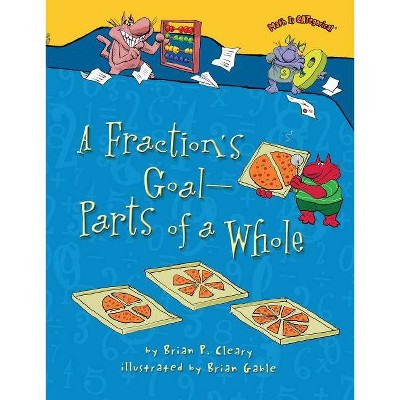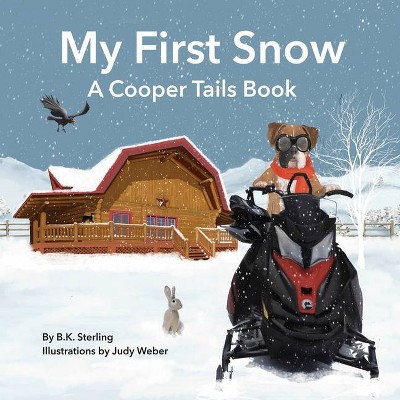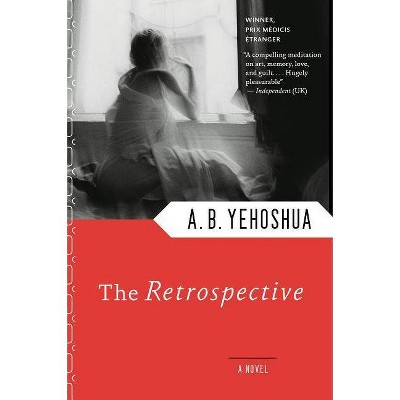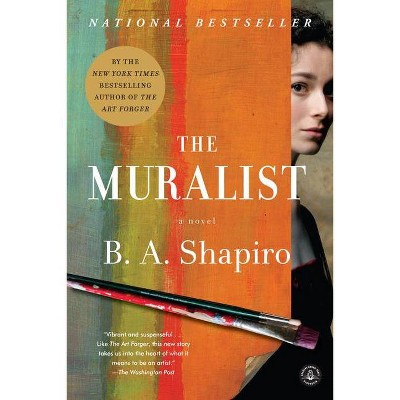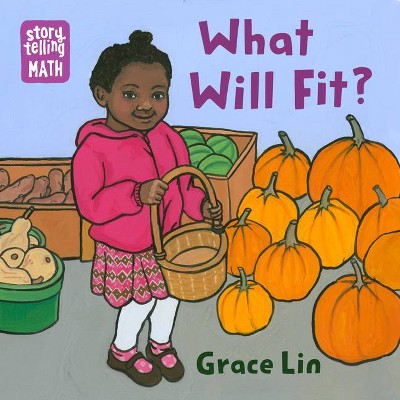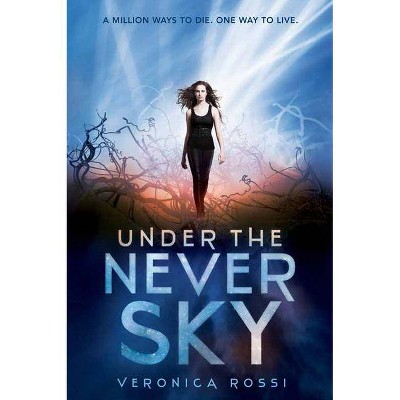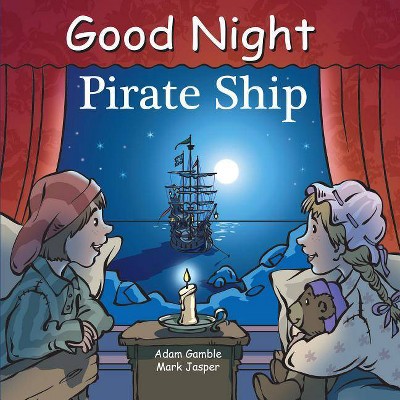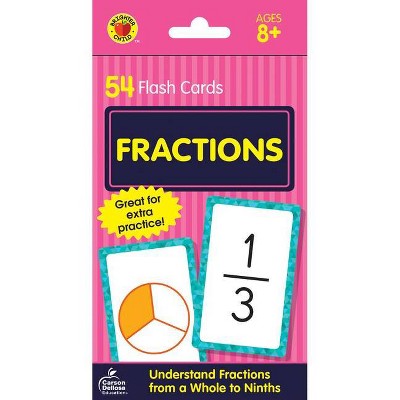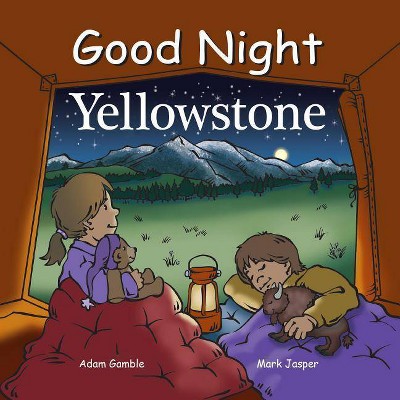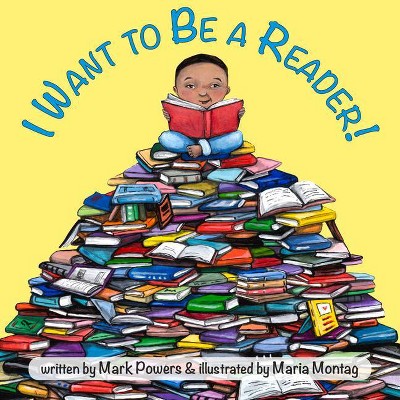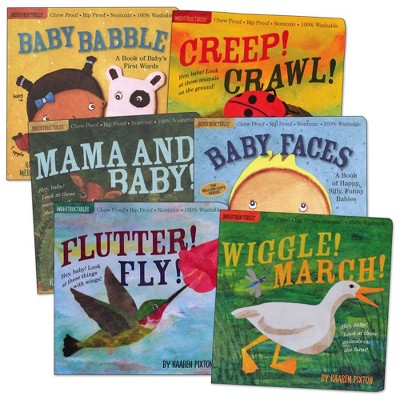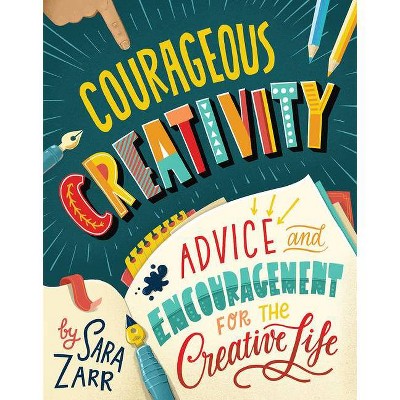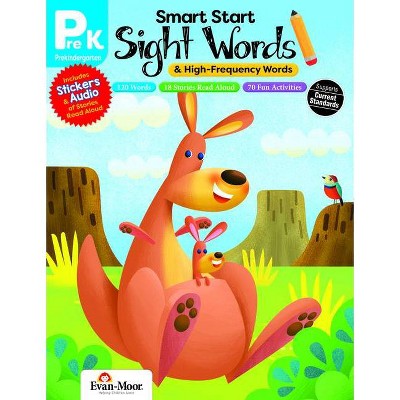A-B-A-B-A--A Book of Pattern Play - (Math Is Categorical (R)) by Brian P Cleary (Paperback)
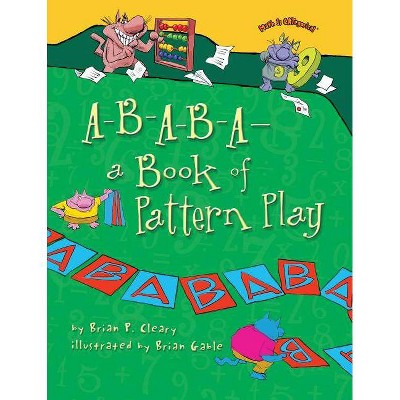
Similar Products
Products of same category from the store
AllProduct info
<p/><br></br><p><b> About the Book </b></p></br></br>A rhyming text filled with examples of patterns using letters, colors, shapes, objects, and numbers.<p/><br></br><p><b> Book Synopsis </b></p></br></br><p>In this playful look at patterns, Brian P. Cleary and Brian Gable provide many examples of repeating sequences of shapes, colors, objects, and more. The comical cats of the wildly popular <strong>Words Are CATegorical(R)</strong> series show how patterns can be found all around us. Peppy rhymes, goofy illustrations, and kid-friendly examples make pattern practice fun!</p><p/><br></br><p><b> Review Quotes </b></p></br></br><br><p>Brian Cleary has made learning fun again with this series installment that teaches children the basics of patterns. Using playful rhymes and Gable's colorful cartoon illustrations, this book provides young readers with the basics of understanding what a pattern is. Cleary provides concrete examples of how patterns are found all around us, from people standing in line to tiles on a floor. This simple approach will give young learners an excellent visual context upon which to build more advanced concepts of patterns. <strong>This book can be used as a read-aloud, not just in math, but to teach the basics of poetry, art, and music. This is a great addition to any school library. Recommended.</strong> --<em>Library Media Connection</em></p>-- "Journal" (11/4/2010 12:00:00 AM)<br><br><p>Brian P. Cleary's enjoyable <em>A-B-A-B-A--a Book of Pattern Play</em> is the sixth in his Math Is CATegorical series. The story begins with a definition of a pattern and ends with a reaffirming question, 'So, what is a pattern?' This is a great question, since early childhood education can go into depth with explanations, only to find that children have not grasped what, specifically, a pattern is. Cleary starts with things we know, from shapes and the letters A and B to ice cream cones and girls and boys. Only the pattern concept is easily grasped does he move on to the most important lesson, that of numbers. By this time he has the reader's full attention, because of his cats, who entertain and teach, and which are beautifully illustrated by Brian Gabel. There are blue cats, brown cats, purple cats, and pink cats. Boy cats, and girl cats with polka-dot dresses and bows. Through 30 pages, children are taken down an enjoyable path of pattern exercises. Why? Because, fundamentally, we all need the ability to recognize patterns in order to help us solve problems. Along the way, you are treated to a Dr. Seuss type of story, Cleary's favorite from his own childhood. <strong>Success is only around the corner if everyone would read his book of patterns. As Cleary says, 'Knowing them will help you start a pattern of success!'</strong> --<em>Science Books & Films </em></p>-- "Journal" (8/1/2010 12:00:00 AM)<br><br><p>Cleary's zany cartoon cats, shown in Gable's brightly colored illustrations, help define and categorize mathematical patterns. <strong>The book provides an entertaining starting point for kids learning about patterns</strong>; the rhyming text is snappy, but some of the examples aren't clear. --<em>The Horn Book Guide</em></p>-- "Journal" (4/1/2011 12:00:00 AM)<br><br><p>Through rhyming text and colorful illustrations, readers are given examples of simple visual and numerical patterns--from circle-square-circle-square to 1-3-5-7. 'See the colors? Green, red, gold/then green, red, gold, green, red./Once you catch on, you can guess/exactly what's ahead.' <strong>As in earlier volumes in the series, Gable's whimsical feline characters appear throughout, demonstrating patterns, such as boy-girl-boy-girl in a very long line for ice cream.</strong> Though the buoyant narrative calls for reading aloud and the images are large enough for a modest group setting, students will need to look closely to appreciate at least one example--a book's pagination. The simple mathematical patterns are for a slightly older audience than Trudy Harris's preschool-friendly <em>Pattern Fish</em> (Millbrook, 2000). Cleary's latest title is a serviceable addition to nonfiction collections. --School Library Journal<br /></p>-- "Journal" (8/1/2010 12:00:00 AM)<br>
Price History
Cheapest price in the interval: 7.99 on May 23, 2021
Most expensive price in the interval: 7.99 on November 8, 2021
Price Archive shows prices from various stores, lets you see history and find the cheapest. There is no actual sale on the website. For all support, inquiry and suggestion messagescommunication@pricearchive.us
![B A R [LP] - VINYL](https://pisces.bbystatic.com/image2/BestBuy_US/images/products/3506/35067649_so.jpg)
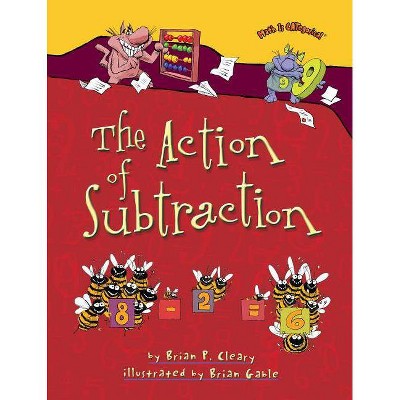
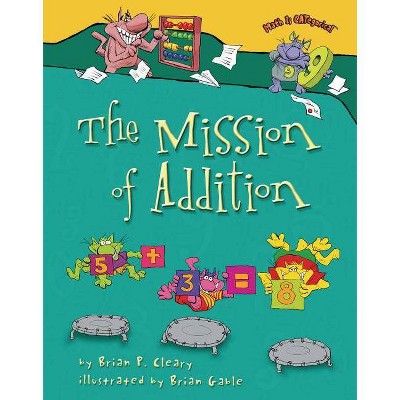
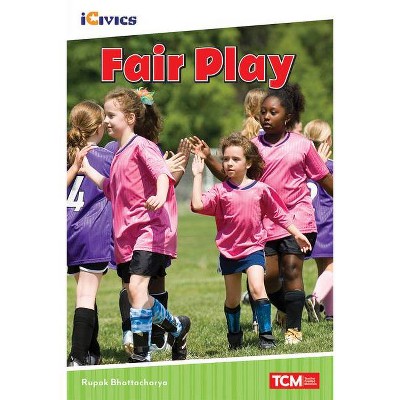
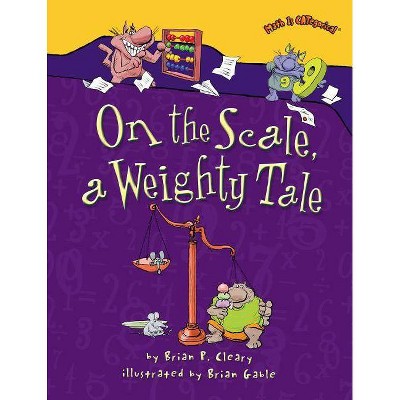
![A/B [LP] - VINYL](https://pisces.bbystatic.com/image2/BestBuy_US/images/products/3213/32132278_so.jpg)
